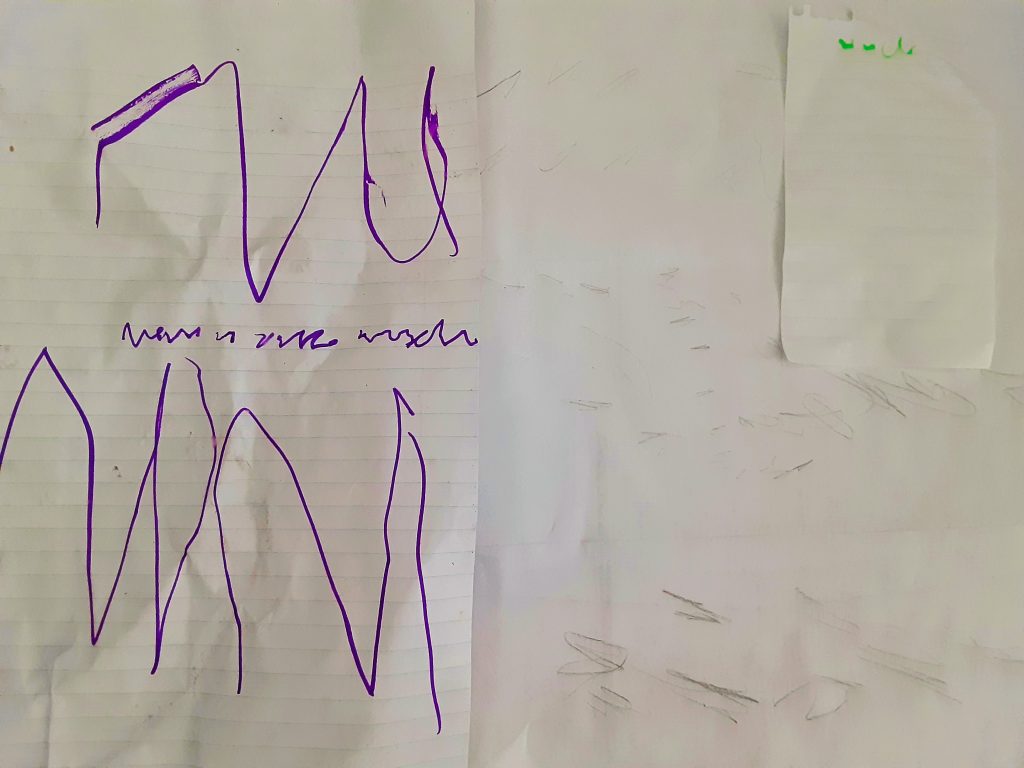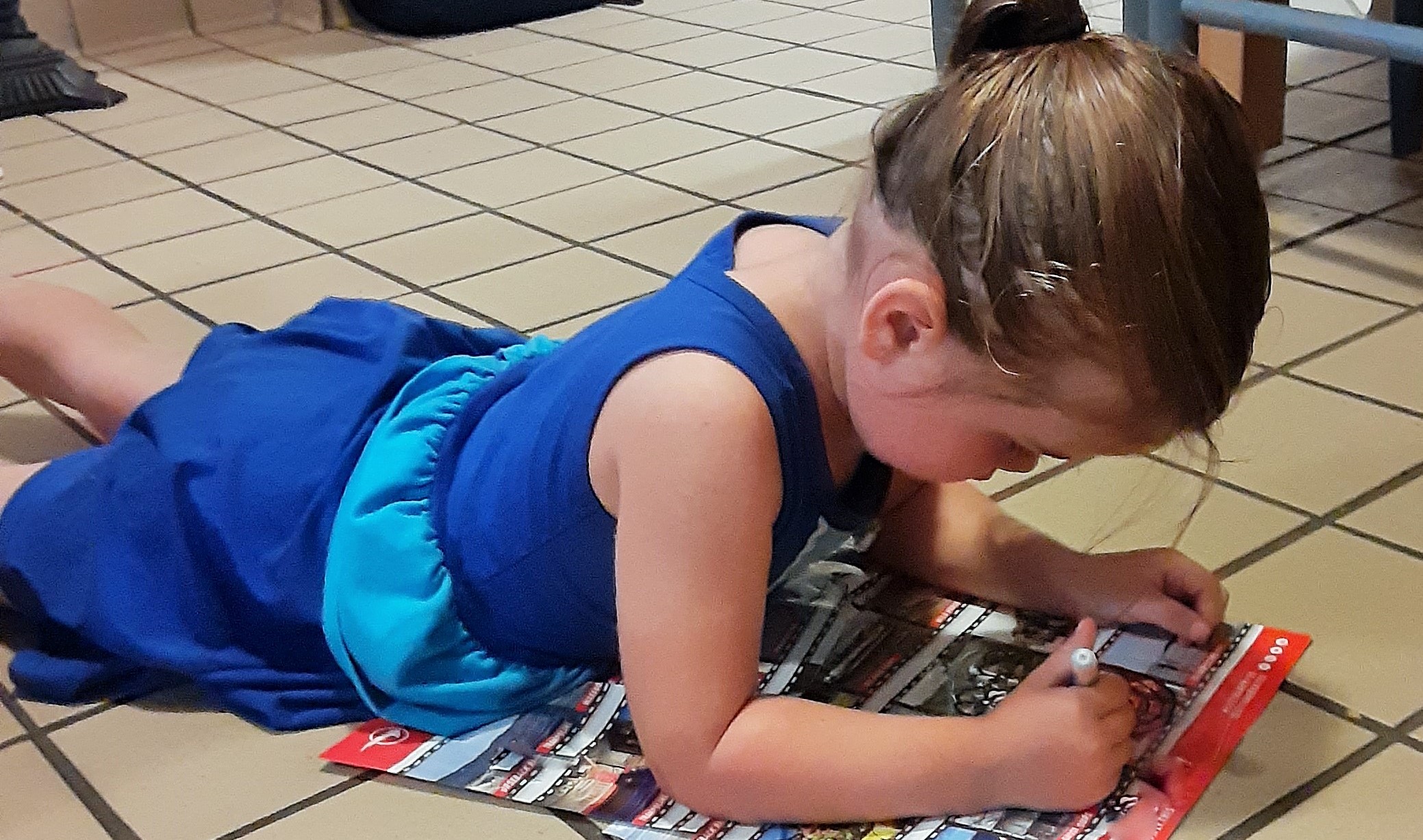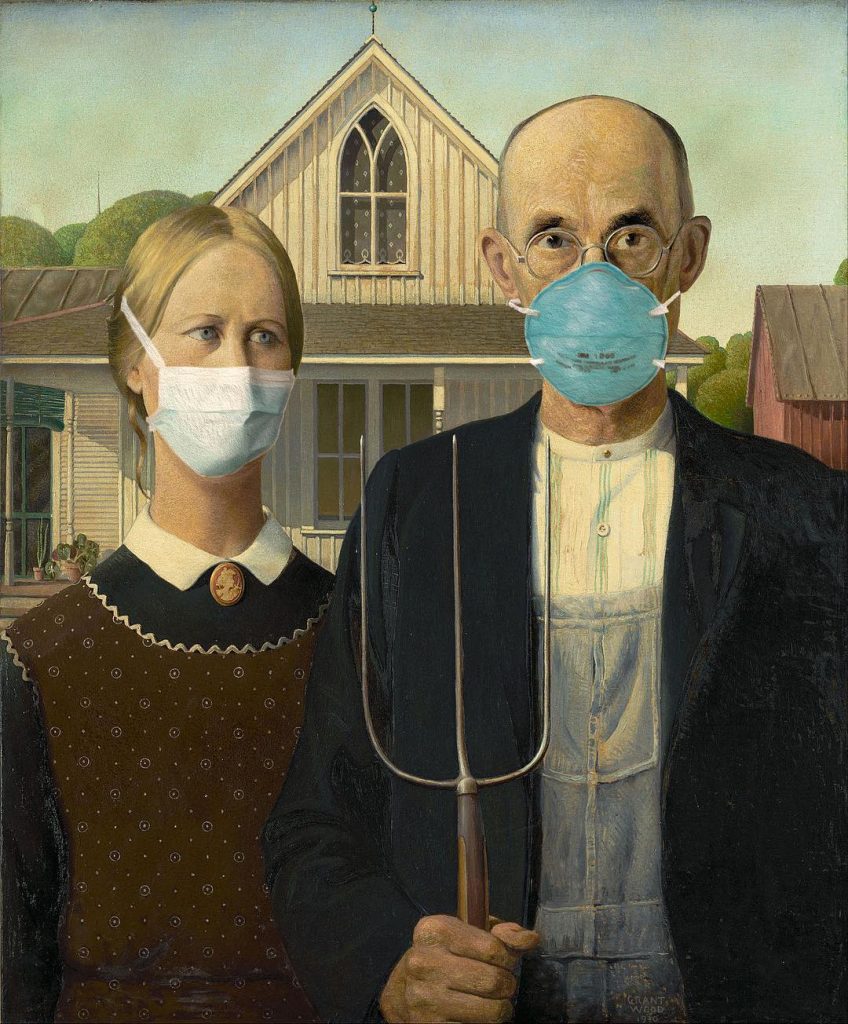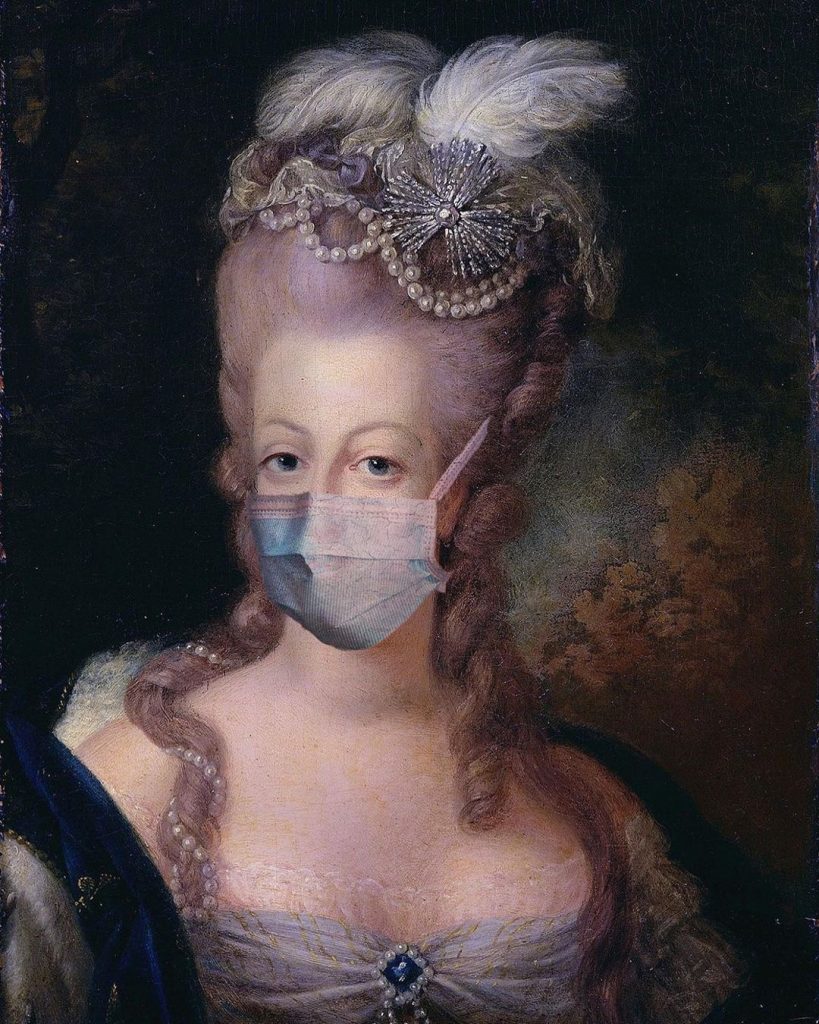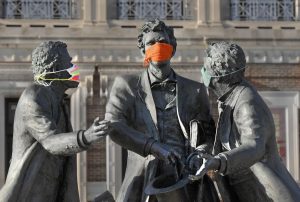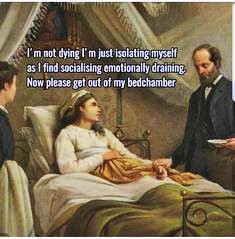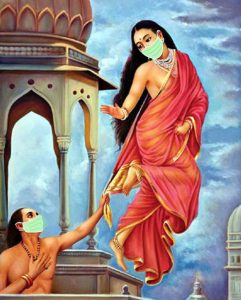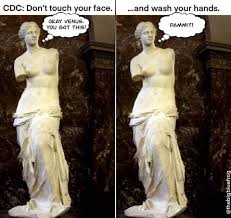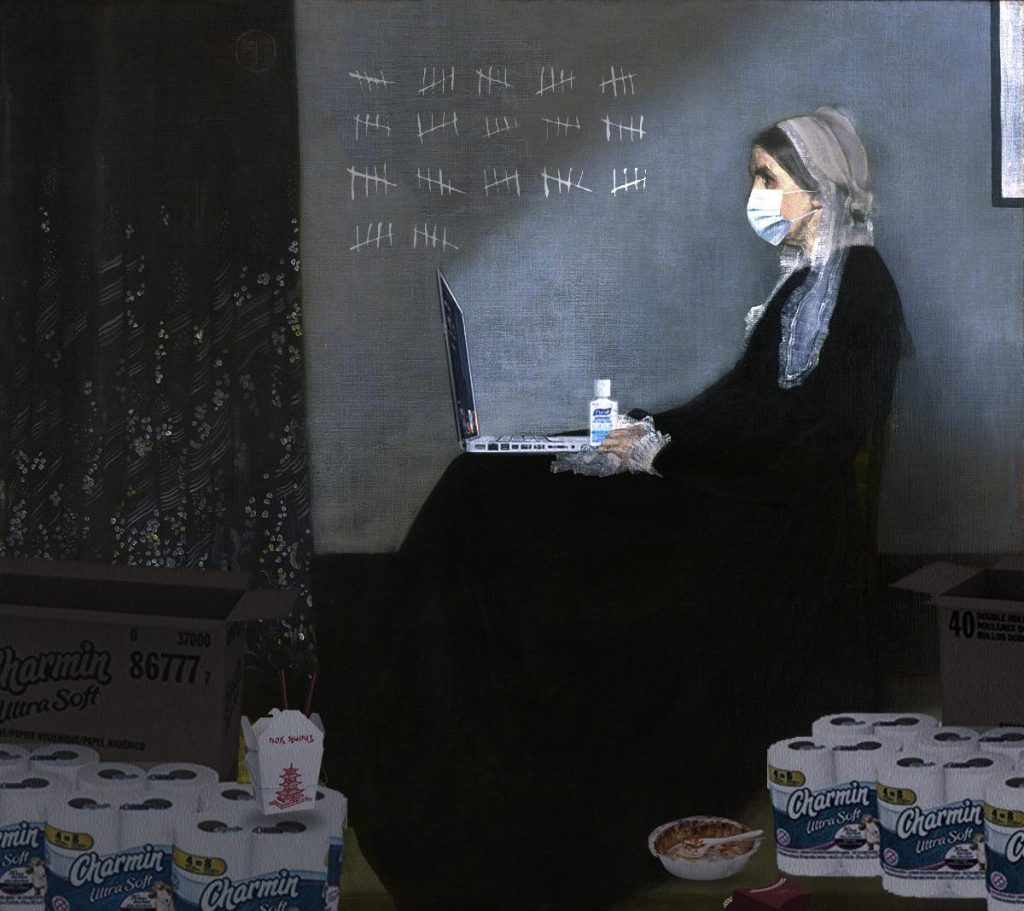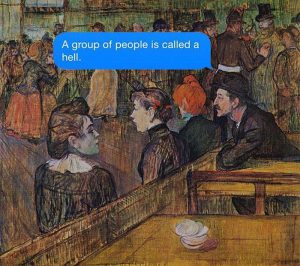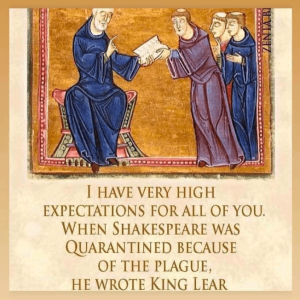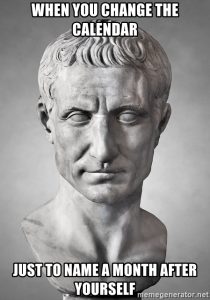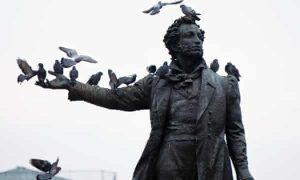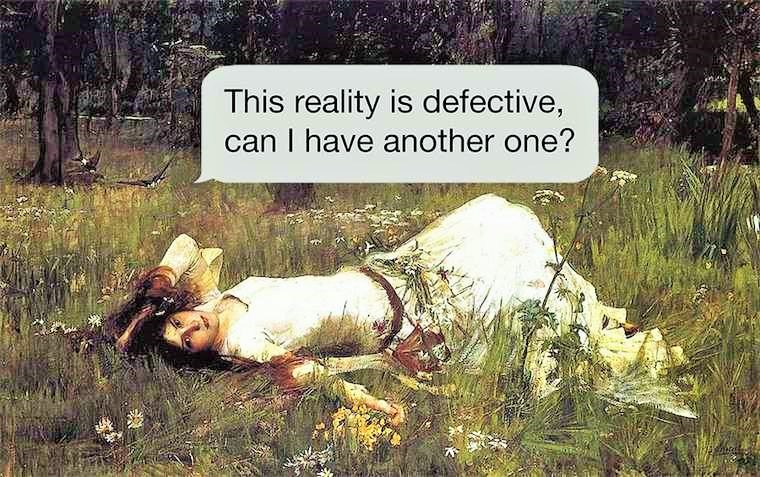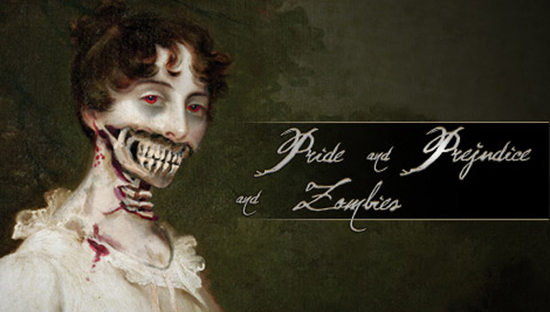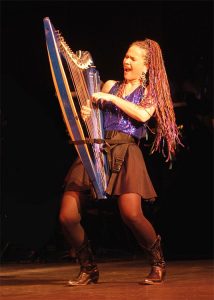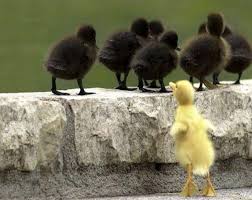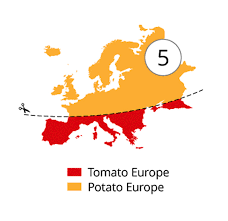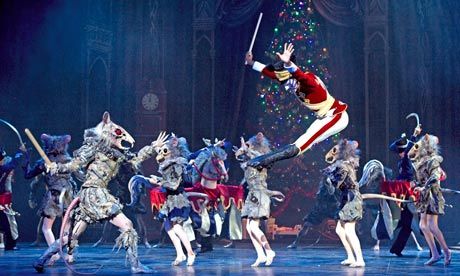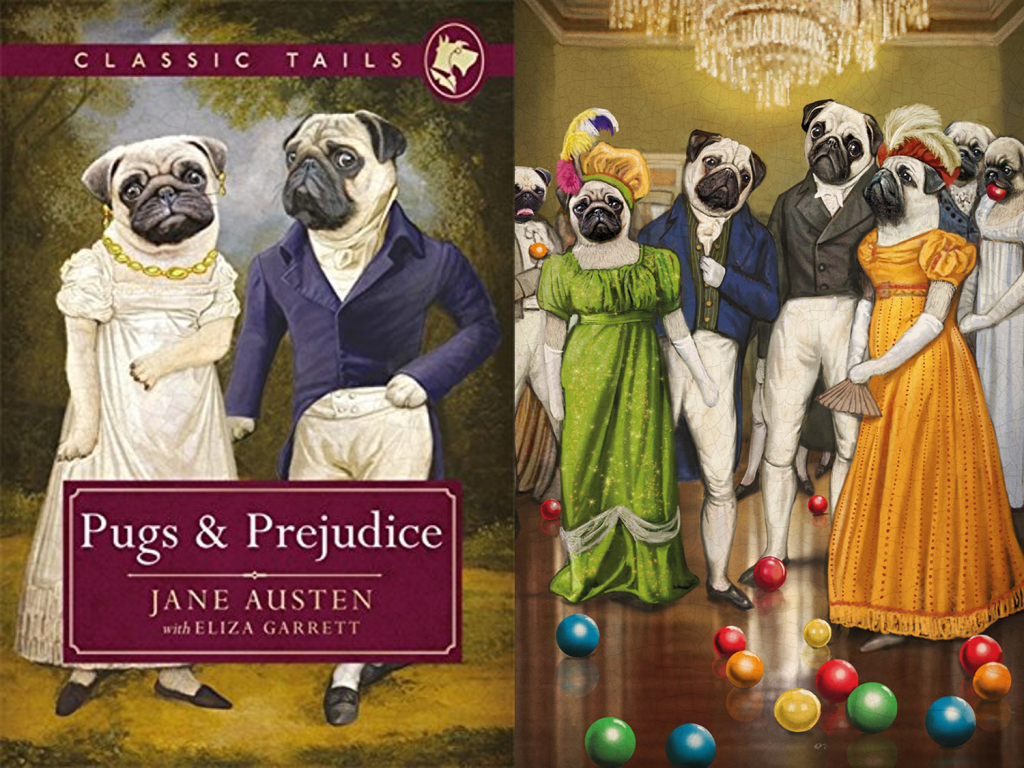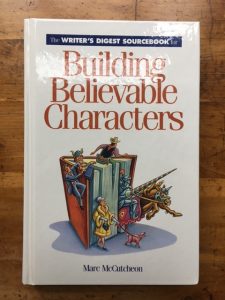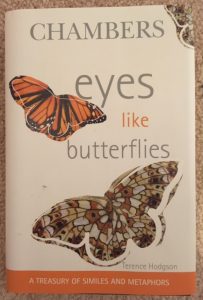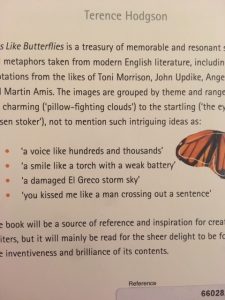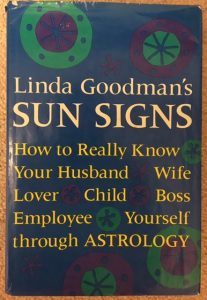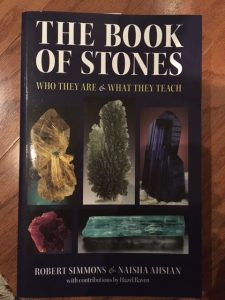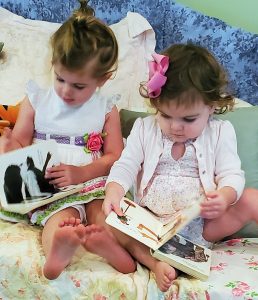
When a writer gets the voice right, it largely goes unnoticed. It’s a “good read” when the language, format, and structure seem more natural than noteworthy.
Writing Children
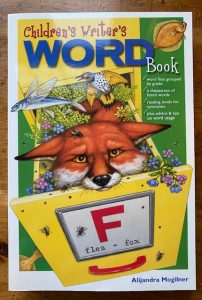
by Alijandra Mogilner
People often struggle to write from the point of view of a child, keeping the language and thinking consistently child-like. This is especially the case if one doesn’t have young children around spouting examples. One helpful step is to check on the language/vocabulary level by age. And as with everything else, there’s a book for that.
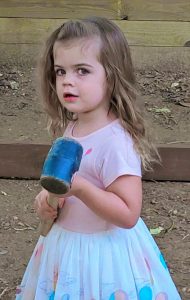
There are also a variety of resources available online. K. M. Weiland outlined “8 Necessary Tips for How to Write Child Characters” on the Helping Writers Become Authors website, in which she compares Shirley Temple’s characters with Louisa May Alcott’s. Julia Hecht wrote a more in-depth guide for the website All Write Alright. “A Guide to Writing Child Characters Authentically” identifies traits that children display when acting, speaking, and thinking at various ages from infant through teens.
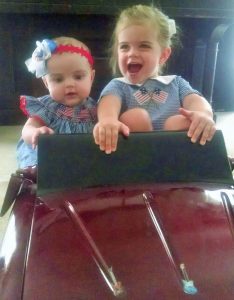
Observing children and copying their behavior and speech patterns into your writing is the most reliable way to ensure authentically childlike characters. However, parents tend to get a bit uneasy when strange adults follow their children around with notepads. Videos online are a much safer method of research.
Children Writing
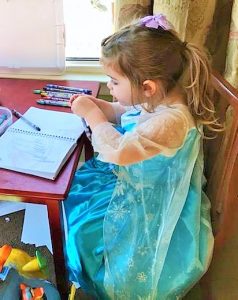
Less frequently—but equally important—is getting it right when the child is actually doing the writing. Instances might include letters, thank-you notes, notes passed in school, diary entries, etc.
Here for your edification (and enjoyment?) is one example—a short story by a real eight-year-old.
The Panda Thief

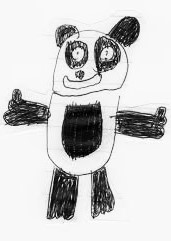
Ones there was a family
of Pandas. One day they had
a baby. They were over joyed
with :: but there
was a person (not a panda)
that wanted a panda more
then anything in the worled.
She promest that if she
got just one panda she
wodent hunt them anymore.
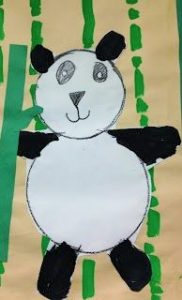
Lukuly there was someone
who loved pandas so much
that she protekted
and her name was . . .
Nalani! She knew about
the theift so she really wanted
to proteked them so one
nite she made a trap
that rodent hert the thift
but keep her frome
comejng back. And she dided
ever again and Nalani said
“Thank you for not hunting
Pandas in reward I will
let you keep one that
yo may choose.”

The theft became
good and get a punda
and folowed her promes
and the panda
she piked was the
newly born baby. The
parents were sad for
a little but soon got over
it and everyone
lived hapily ever after!

Things to note:
- Language usage is much better than spelling
- Spelling is mostly phonetic
- Spelling is inconsistent (e.g., thief, theift, thift)
- Lack of logic: there was no theft, and they ended up losing a baby panda anyway
Want to give it a try?
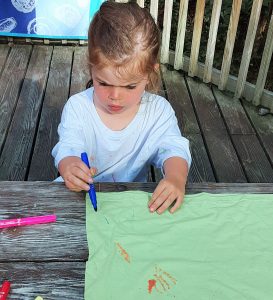
The Cat
Ones there was a cat
who’s oners coulded
Bottom line for writers: it’s easier to write well from a child’s point of view than to write like a child!
